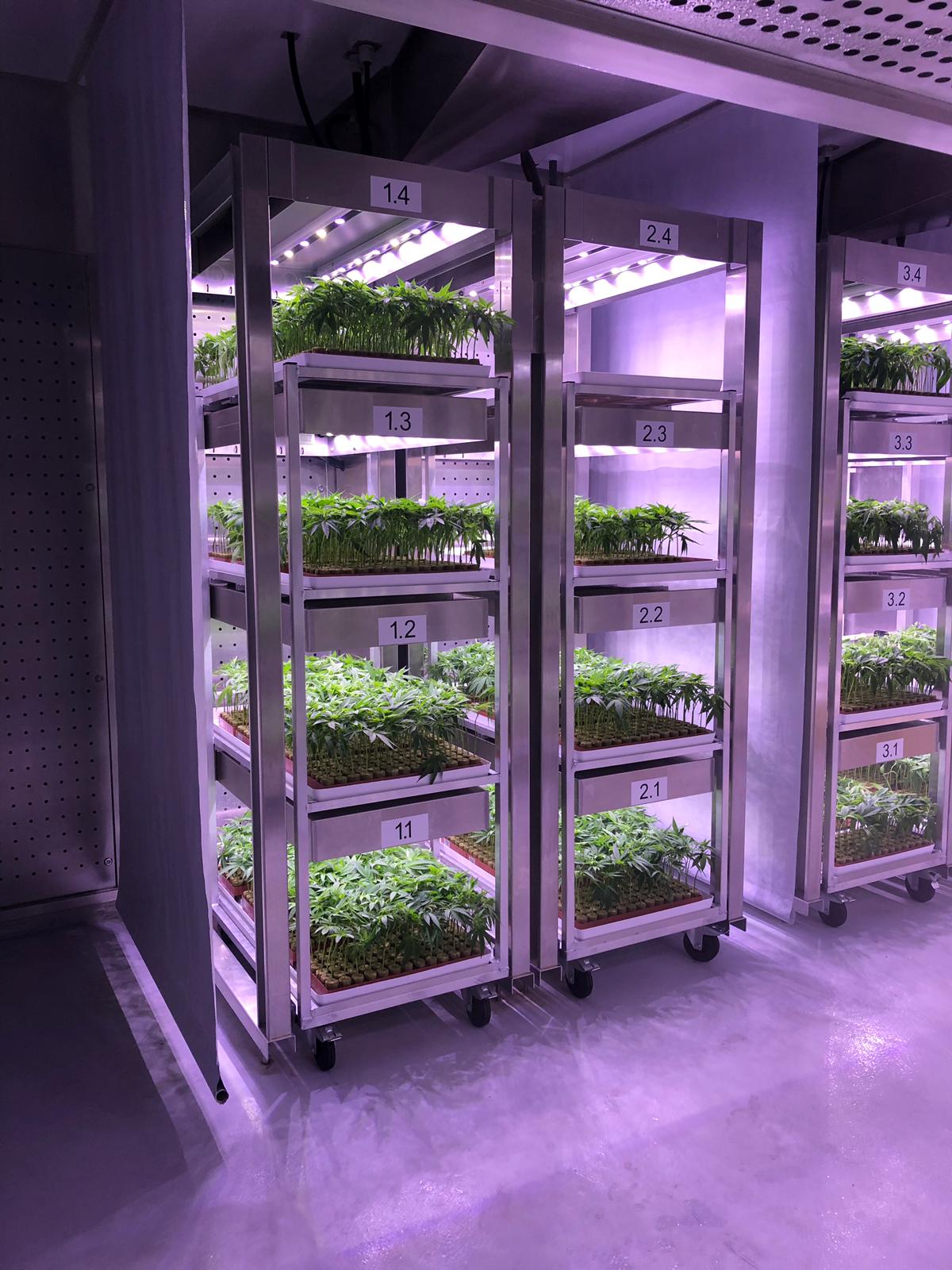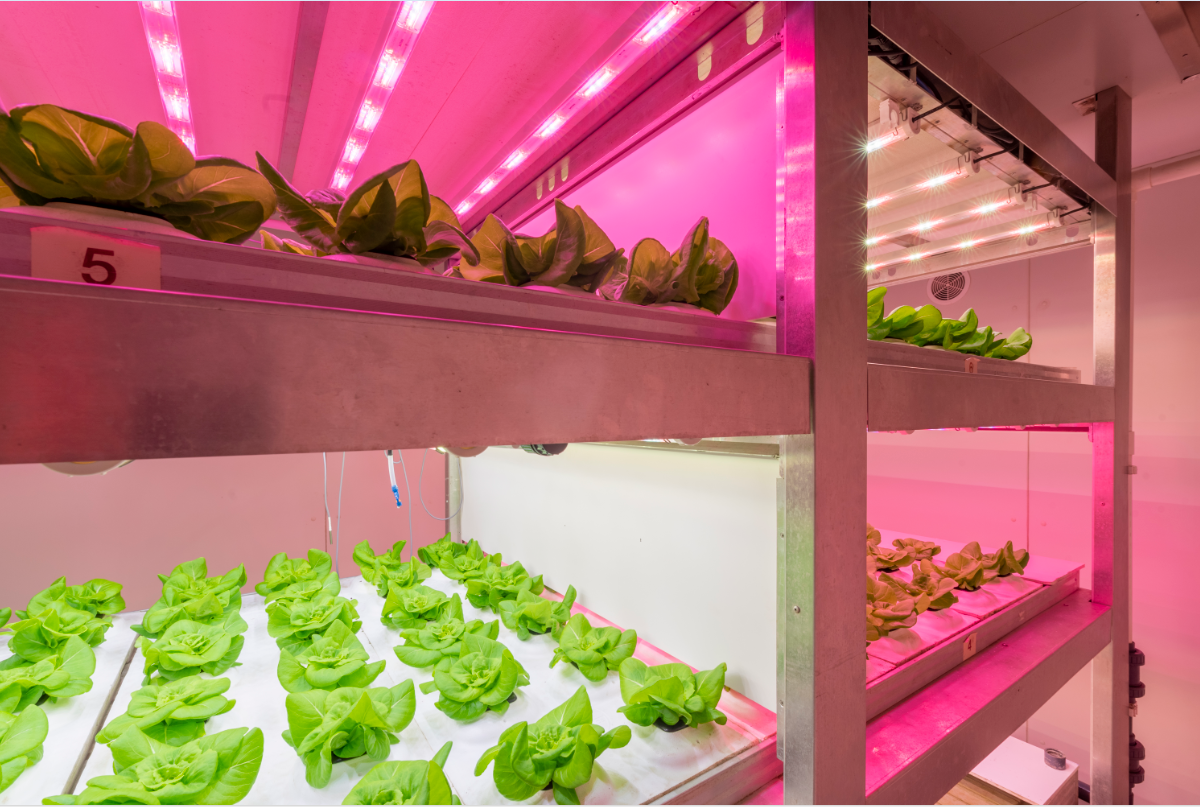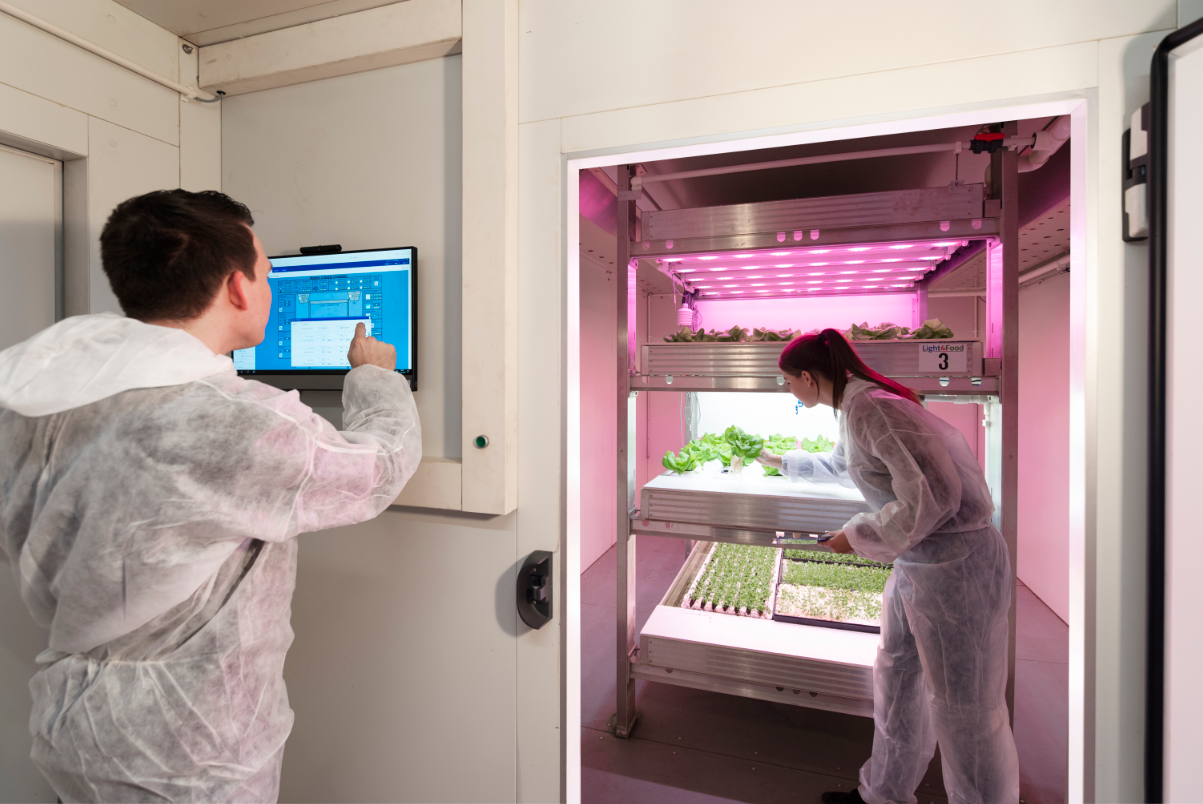The Light4Food R&D team is a multidisciplinary team consisting of Plant Specialists, Project Design Engineers and Technical Engineers from the departments of Technical Installations, Automation and Machinery. Our Plant Specialists and Project Design Engineers discover trends and demands in the market which are developed into specific technical solutions by the Technical Engineers. The combined expertise and this multidisciplinary approach leads to integrated products that serve the grower.
The prototypes of the technical solutions are tested and further developed in our Indoor GrowHow Facilities. These facilities cover over 650 m2 climate chambers in which plants are grown. Innovations in both Controlled Growing as Automated Growing are developed on a practical scale. This varies from innovations in LED lighting, automation software, water and nutrient systems, machinery solutions and cultivation techniques.
The innovations deriving from our R&D approach are shared with our customers in order to maintain our leading position.
As we hold education and sharing knowledge with knowledge institutes in high regard, we are member of the Club van 100 of the Wageningen University & Research. In addition, we offer internships to students of WUR, HAS, Aeres, Fontys and other Universities and schools.
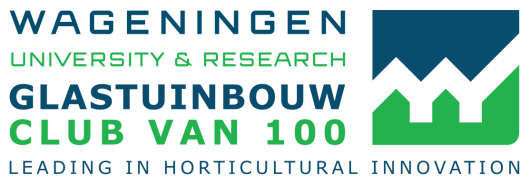
Combining expertise leads to new innovations. Over the years Light4Food has been developing the following unique innovations:
- Indoor Farming
The completely closed cultivation of crops made possible for any part of the world. Under controlled conditions, the cultivation cycle is not dependent on external influences as weather and climate. This approach makes it possible to grow close to the market and thereby deliver fresh food locally.
- Growing on a net
With this cultivation system the seeds are sown directly on the net, by a self-developed sowing machine. The roots grow through the cultivation net to the nutrient supply and the crop grows on top of the cultivation net. Depending on the crop, one or more harvests can be done by means of a harvesting robot. At the end of the cultivation, the cultivation net is pulled out of the rack, cleaned and reused. Because the system reduces the consumption of water and no pesticides are used, the system is completely sustainable. In addition, the possibilities for recycling plant residues are being explored in order to prevent food waste.
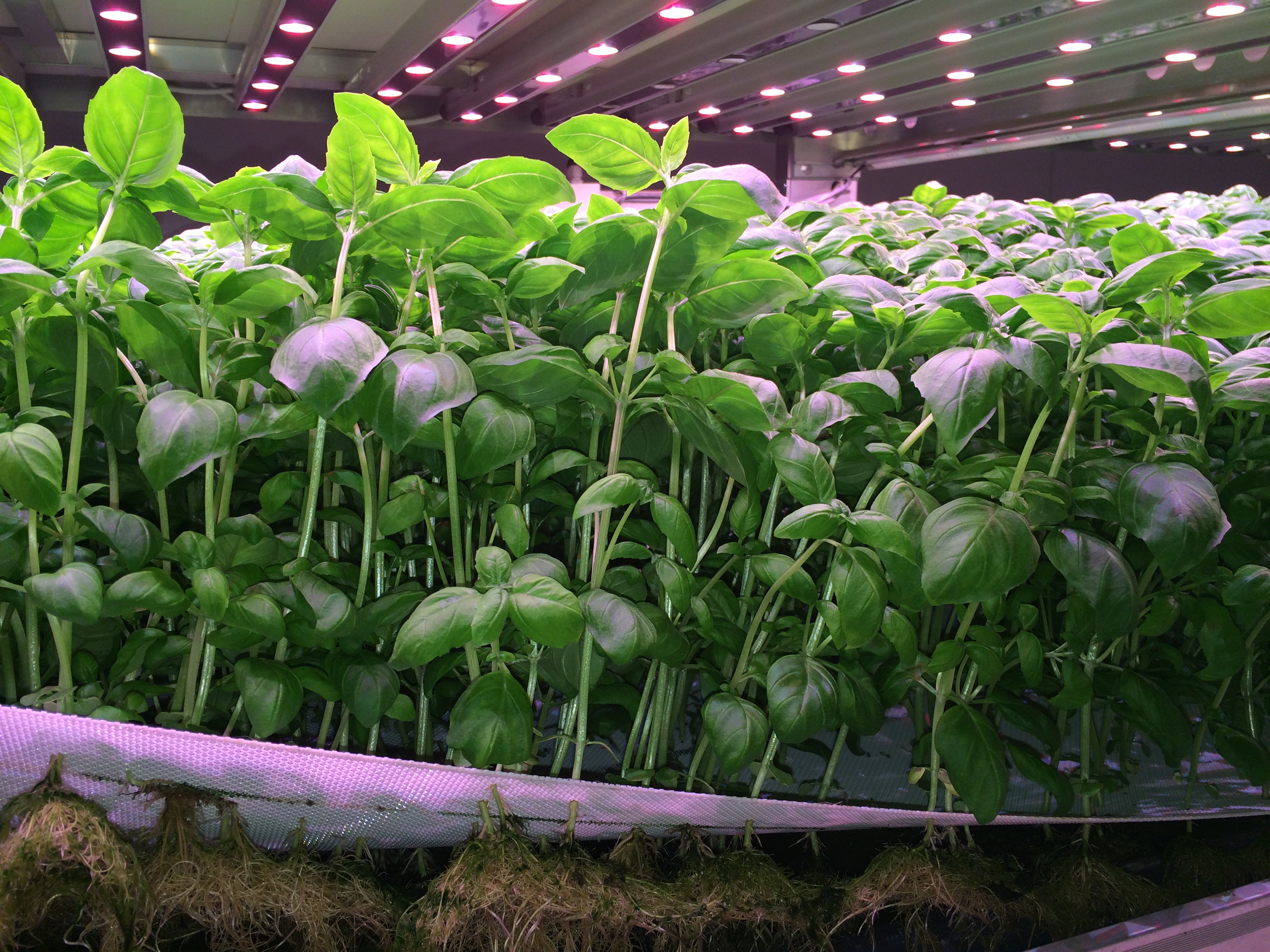
- Air treatment concept for indoor multi/layer cultivation
This air treatment concept is a combination of air treatment and climate control technology from mushroom growing (where multilayer growing is the common practice), greenhouse air treatment (leafy and high-yielding crops that produce a lot of moisture and have a different approach than mushrooms) and testing in the Indoor GrowHow Facilities (the influence of LED on the plant and the climate conditions). This concept has been developed extensively in the Indoor GrowHow Facilities.
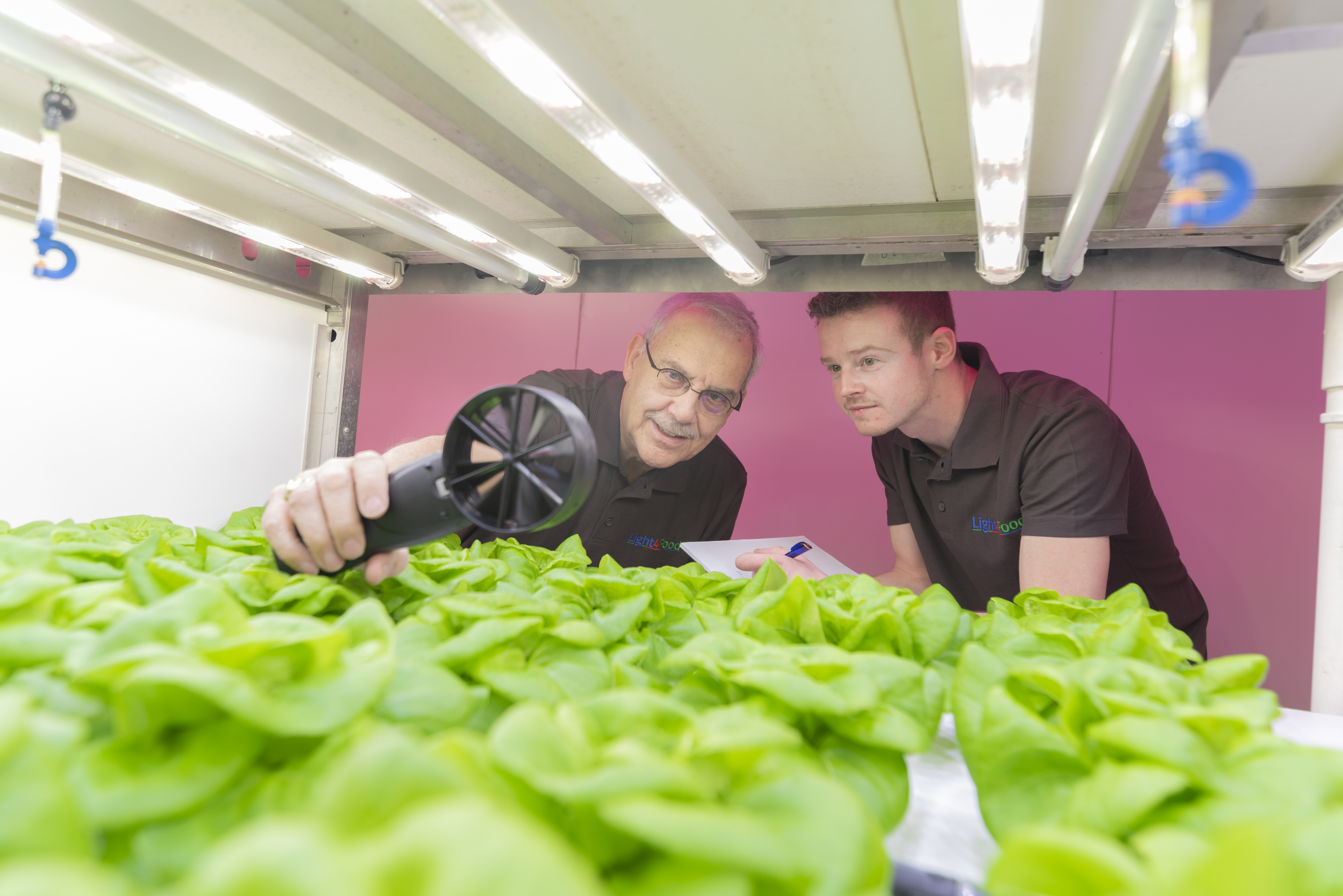
- Mobile Climate chamber
A multilayer test facility that is both portable and plug and play connectable.
- Air treatment concept for indoor high wire cultivation
Growing high wire crops in an indoor environment requires a different approach than growing crops in a greenhouse. By means of climate techniques from mushroom cultivation, greenhouse cultivation and tests in the Indoor GrowHow Facilities, an air treatment concept has been realized for the cultivation of high wire crops. This concept has been tested extensively and was further developed in the Indoor GrowHow Facilities.
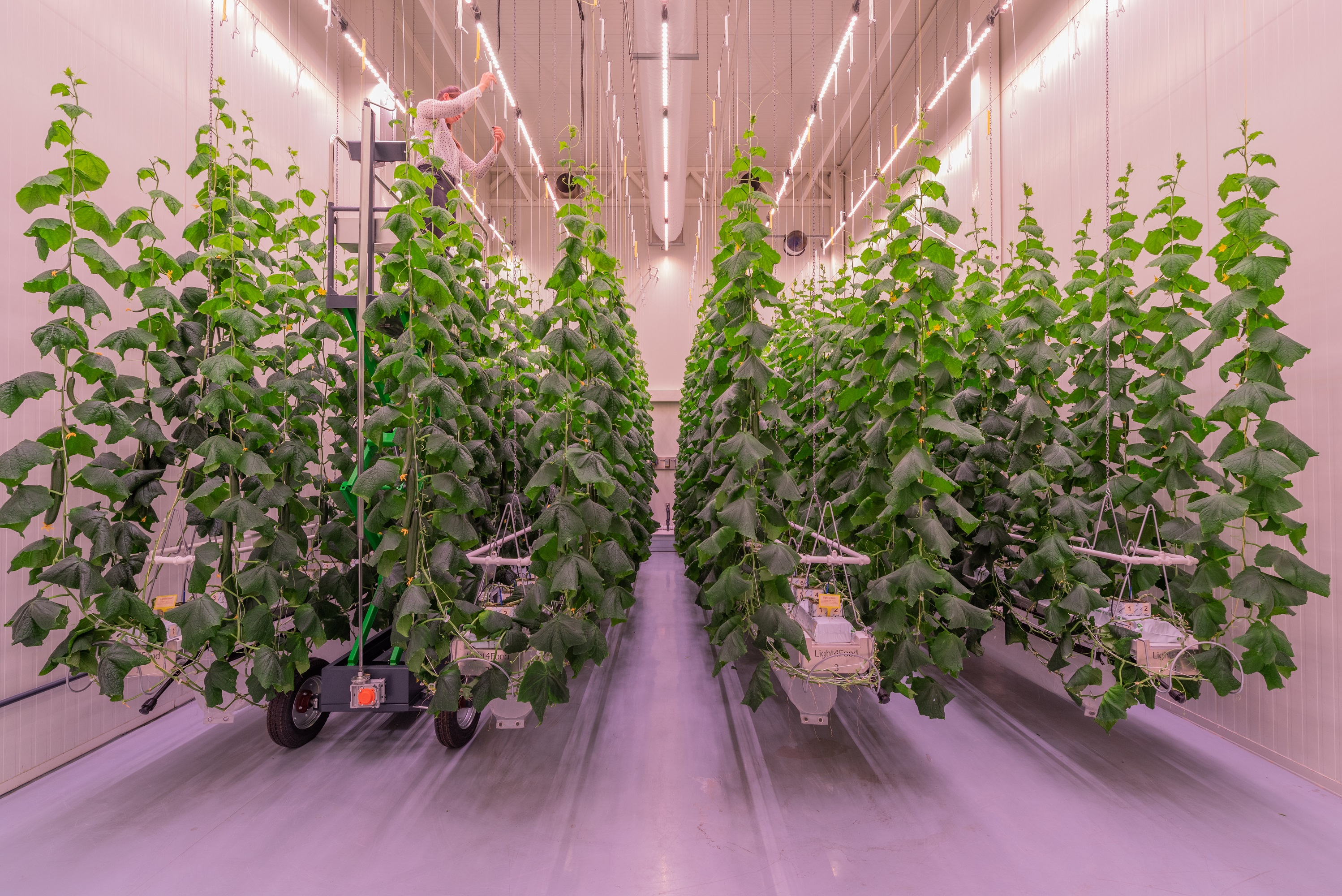
- Development of Growing Recipes
The Growing Recipe holds a certain variety of crop combined with climate conditions, lighting recipe and nutrient solutions, and ensures the same output of harvested product. Growing Recipes are already developed for a diverse range of crops.
- Automated cultivation on water
Cultivation on water has many benefits, such as an extremely reduced water consumption compared to traditional agriculture. By providing the cultivation process with lighting and nutrient solutions, it is possible to grow all year round. Because the system uses floats, it is very labor intensive. Therefore Light4Food has developed complete machine lines to automate the entire process and thereby drastically reduce the labor intensity.
- Mobile multi-layer cultivation system
The standard in multi-layer systems is the use of fixed racks. This limits the user's flexibility. Therefore, Light4Food developed the mobile multilayer system by the use of docking stations with lighting and watering equipment. The system is simple to use and easily scalable.
